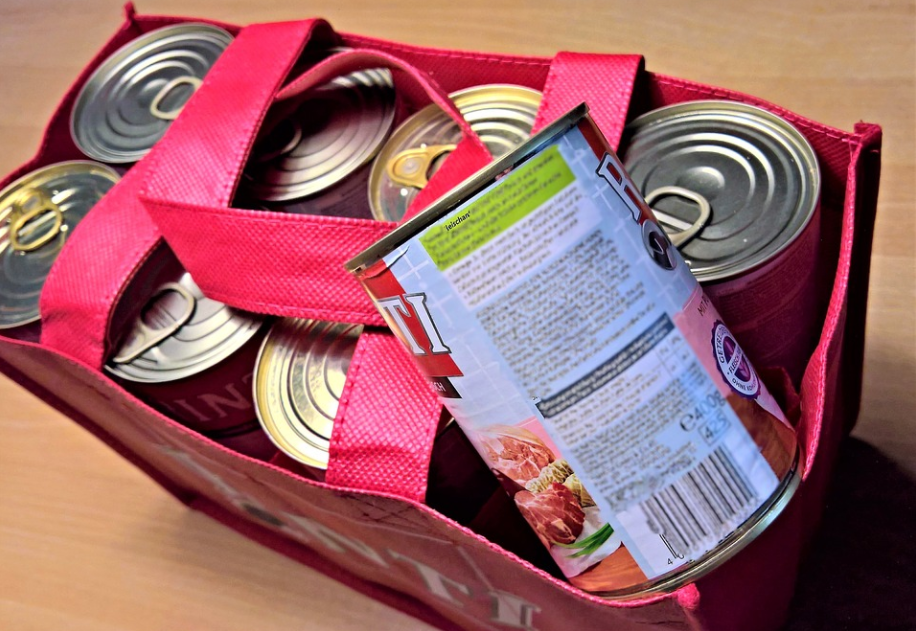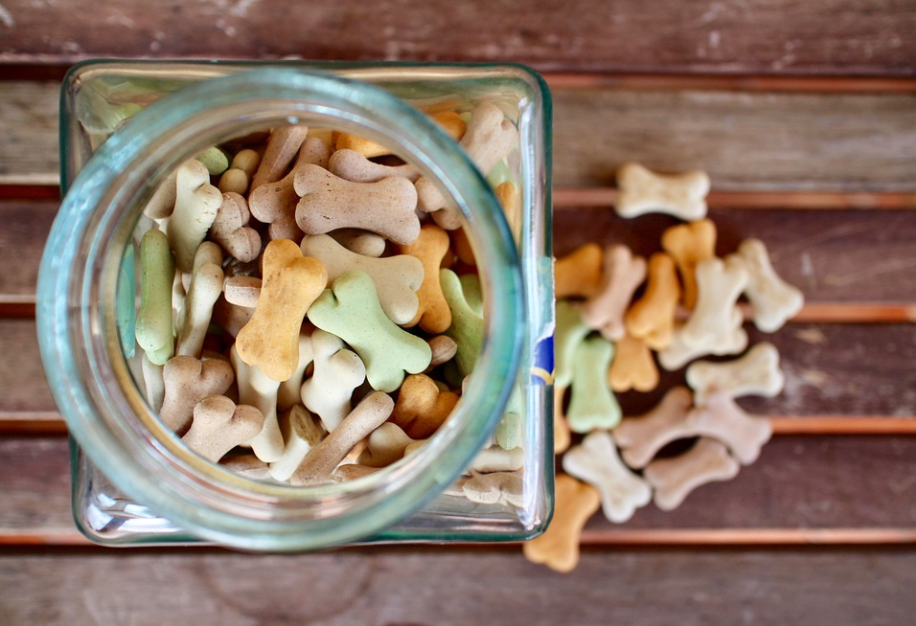Canned food is a great option for dogs who need a little extra moisture in their diet or those who prefer softer food. However, it’s important to know how much canned food to feed a dog so that they don’t end up overeating.
Determining how much canned food to feed a dog can be a bit tricky. Here are some guidelines for how much canned food to feed your dog based on his weight:
- For dogs 10 pounds or less, 1/4 to 1/2 cup of canned food per day
- For dogs from 10 to 20 pounds, 1/2 to 1 cup of canned food per day
- For dogs between 20 and 40 pounds, 1 to 1-1/2 cups of canned food per day
- For dogs over 40 pounds, 2 to 3 cups of canned food per day
These are general guidelines, so be sure to adjust according to your dog’s individual calorie needs.
Remember, you should never give your dog more than 3 cups of food in a single meal, no matter what the type of food. So if you’re feeding your dog 1 cup of canned food per day, divide that into two meals.
However, this may not be the most accurate way to determine how much food to give your pet, since different dogs have different metabolisms.
If your dog is very active, for instance, it may need more food than a dog that sleeps a lot. And if your dog is overweight, you will probably want to feed them less than the recommended amount.
The best way to determine how much food to give your dog is to talk to your veterinarian. They will be able to calculate how many calories your dog needs per day and can help you to measure the correct portion sizes.
They will also be able to recommend a specific brand and type of food that is best for your dog. Generally speaking, it is a good idea to stick with canned food rather than kibble. Canned food has more moisture and is usually better for your dog’s health.
That being said, there are some benefits to feeding your dog kibble too. Kibble is generally cheaper than canned food and it can be easier to store. So if you’re on a budget, or you have limited storage space, kibble may be the better option for your dog.
Different types of Canned Food To feed dog

Just as there are different types of kibble, there are also different types of canned food available on the market.
The 5 most common types are:
- Stews and Chunks: These are dense and hearty, typically containing chunks of meat or poultry in a thick gravy-like sauce. They’re perfect for dogs who prefer wetter food.
- Dinners: These meals typically contain a mix of protein, grains, and vegetables. They can be a good option for dogs who enjoy variety in their diet.
- Puppy Foods: As the name suggests, these foods are specifically designed for puppies and typically have higher levels of protein and fat than adult foods. They’re perfect for growing dogs.
- Senior Foods: Like puppy foods, senior foods have been specifically designed for older dogs and typically contain fewer calories and less protein. This can be helpful for older dogs who need to watch their weight.
- Raw food: The newest type of canned food on the market, RAW food is made up of uncooked meat, fruits, and vegetables.
Raw food is a controversial option, as some vets believe that it’s better to cook all pet food in order to kill any harmful bacteria. However, others claim that cooking destroys many of the nutrients in the food.
Ultimately, it’s up to you whether you want to feed your dog RAW food or not.
Read More: How to Get Your Dog to Chew its Food (instead of swallow it). Chewing food is important for your dog’s digestive health. Learn more.
Is it Ok to feed my dog canned food only?
The short answer is yes, it is safe to feed your dog canned food only. However, it’s important to make sure that the canned food you’re feeding your dog is a high-quality product that meets all of your dog’s nutritional needs.
If you’re not sure whether or not the canned food you’re feeding your dog is high-quality, talk to your veterinarian. They can recommend a brand of canned food that meets all of your dog’s nutritional needs.
effects of feeding a dog canned foods
Pros
There are many benefits of feeding a dog canned foods.
The top 5 benefits are as follows:
- Canned food is more easily digestible than dry food, so it’s less likely to cause blockages and digestive problems.
- The food contains more moisture than dry food, which can help keep your dog hydrated and improve their urinary health.
- Canned food is richer in nutrients than dry food, providing your dog with all the vitamins and minerals they need for good health.
- It often contains more meat than dry food, giving your dog a higher-quality protein source.
- Canned food doesn’t contain any artificial preservatives, flavors, or colors, making it a healthier option for your dog.
Cons
Here are some reasons why it is generally recommended that dogs be fed a diet of dry food instead of canned food.
- First, it can cause obesity in dogs, as canned foods are often high in fat and calories.
- It can lead to dental problems, as the sticky consistency of canned food can cause plaque to build up on teeth.
- It can lead to nutrient deficiencies, as canned foods are often low in key nutrients like protein and vitamins.
- It can cause gastrointestinal problems, as the high water content of canned food can upset a dog’s stomach.
- It can cause urinary tract problems, as the high water content of canned food can increase the risk of bladder stones.
Read our related article on How to Turn Dry Dog Food into Wet. If you don’t have the budget for premade wet food, or just have a lot of dry food around, this guide is for you!
How much wet food do you feed a 50-pound dog?

A 50-pound dog should eat between 2 and 3 cups of wet food per day. You can either spread this out over two or three meals or give them all at once. If you have a larger or smaller dog, you will need to adjust the amount accordingly.
While wet food is mainly more nutritious than dry food, it can also be more expensive.
So if you’re on a budget, you can try feeding your dog a combination of wet and dry food instead. This will help ensure they’re getting the nutrients they need while also keeping your costs down.
Whatever you decide, make sure to talk to your veterinarian about how much food your dog should be eating each day. Your dog’s vet can help you create a custom feeding plan that takes into account your pet’s unique needs.


